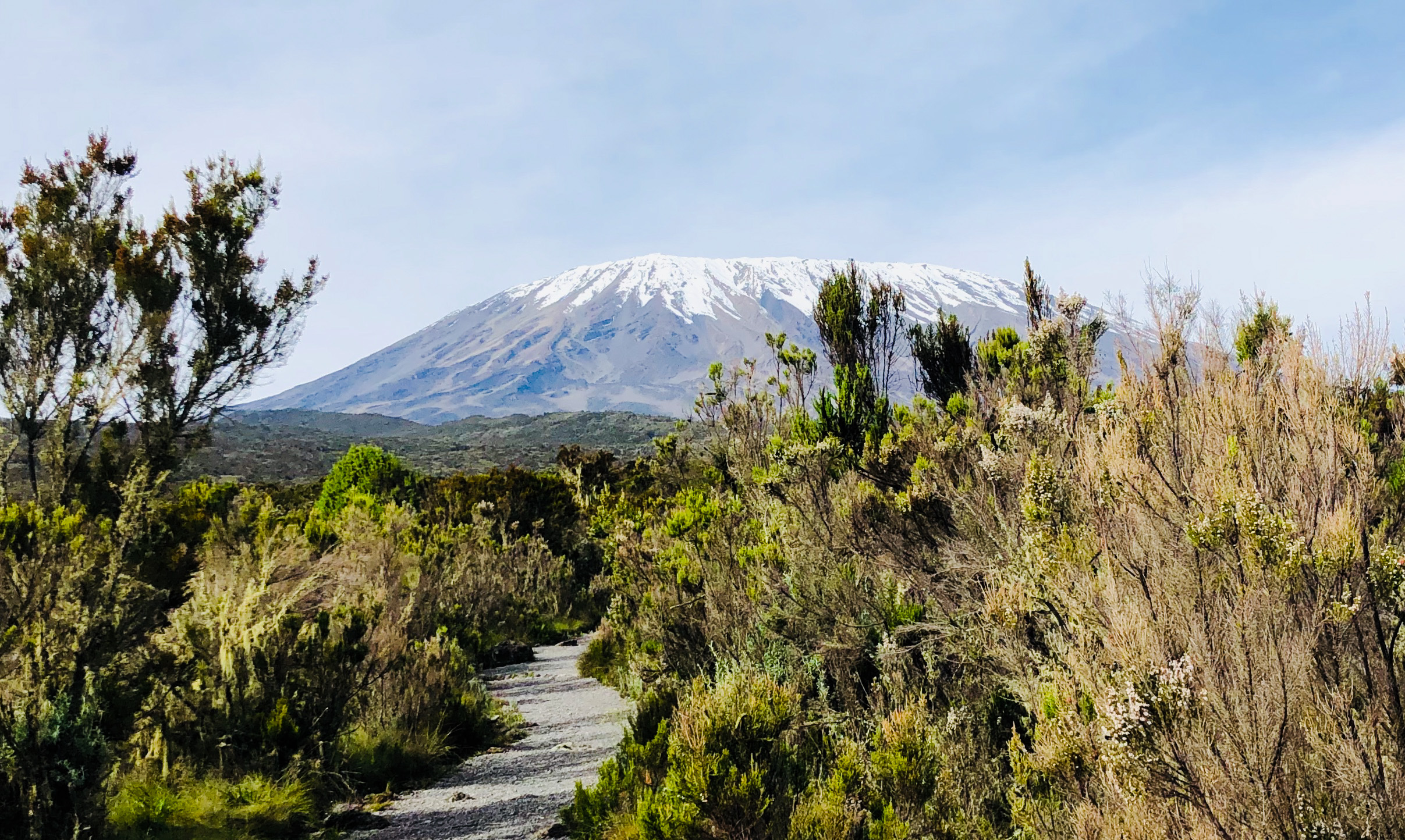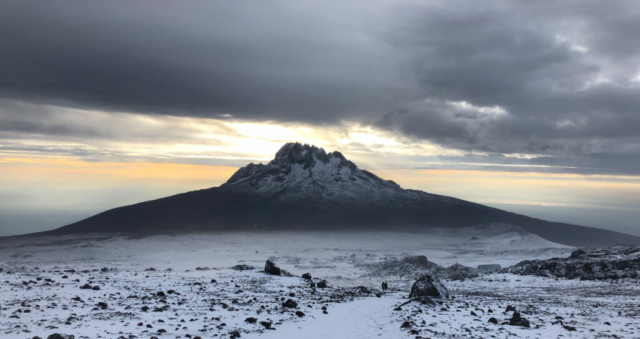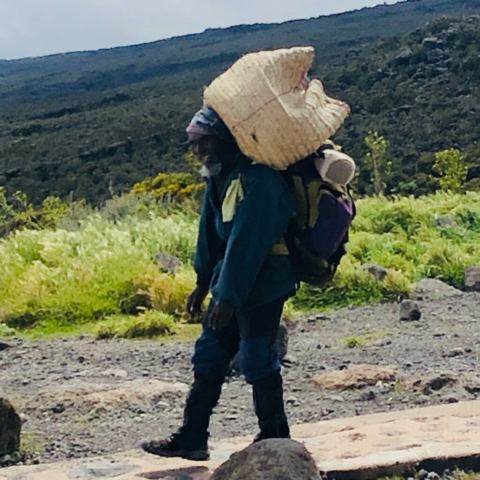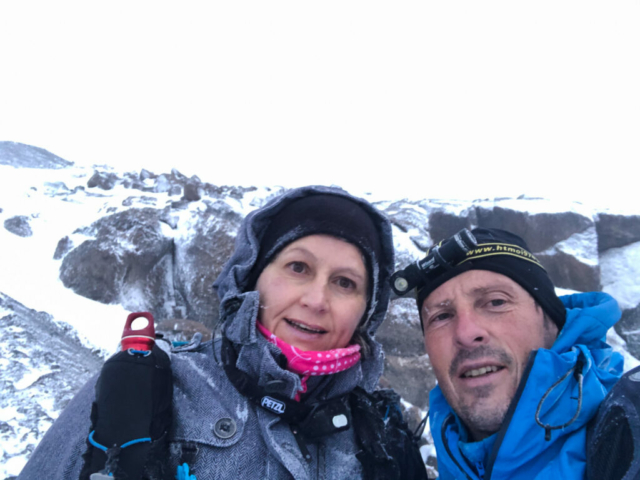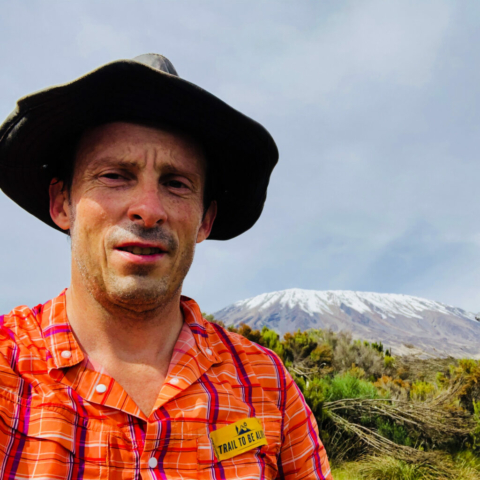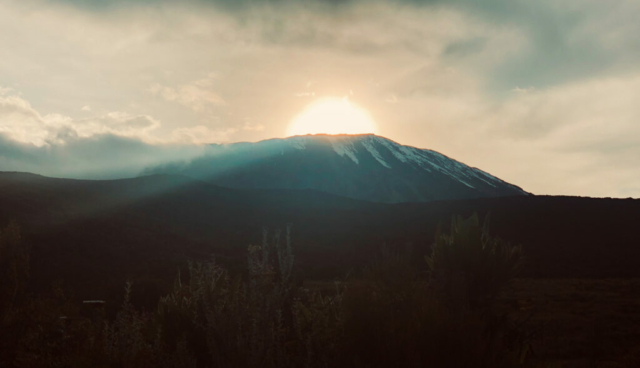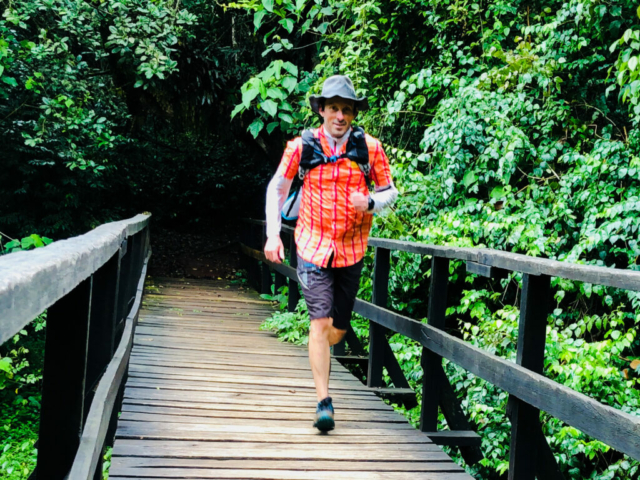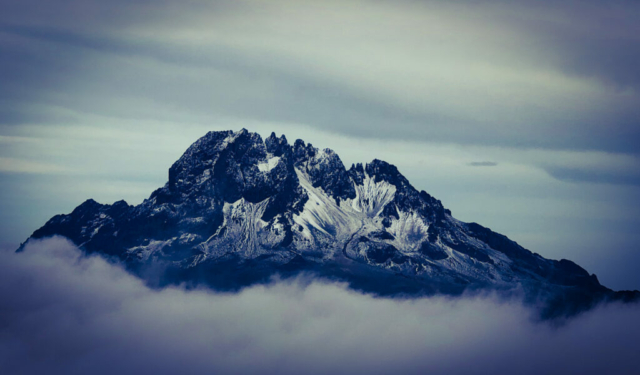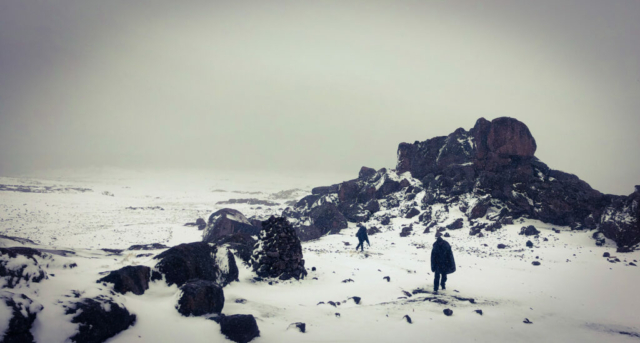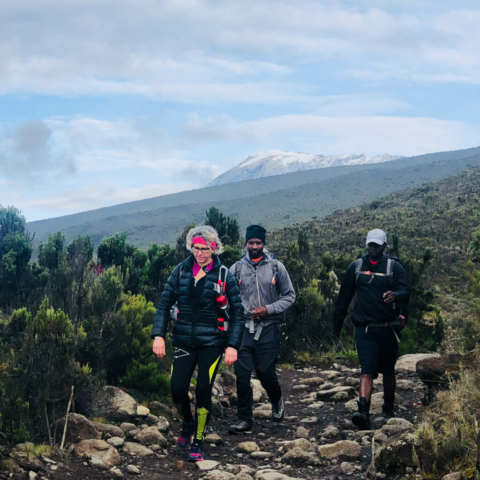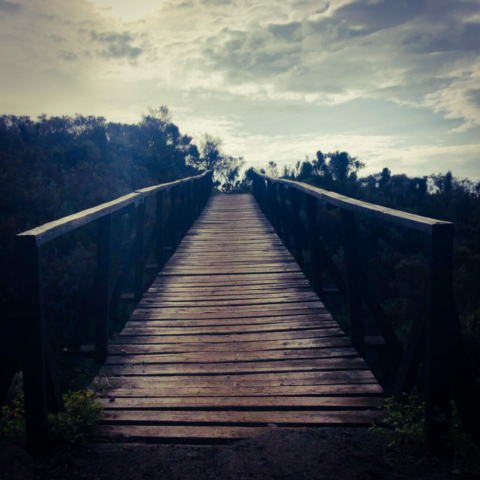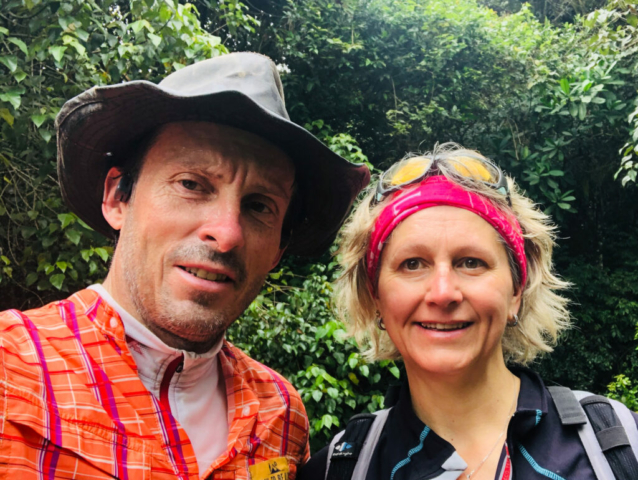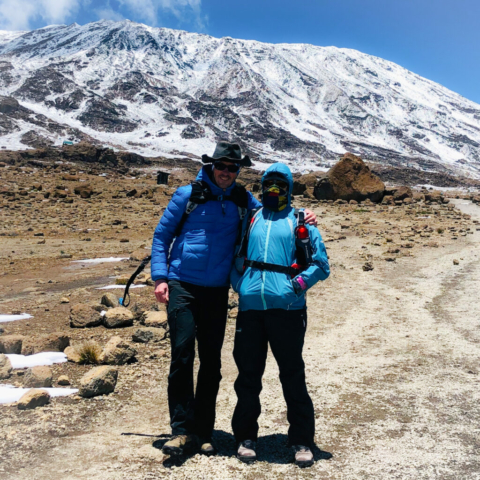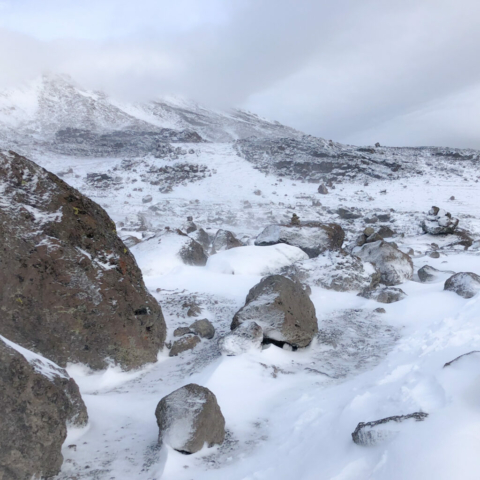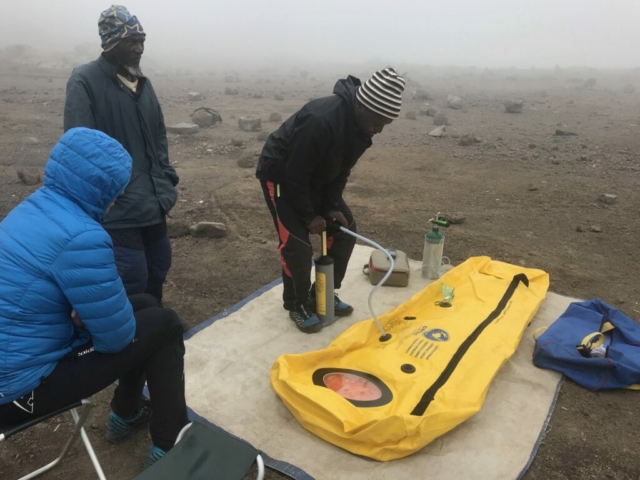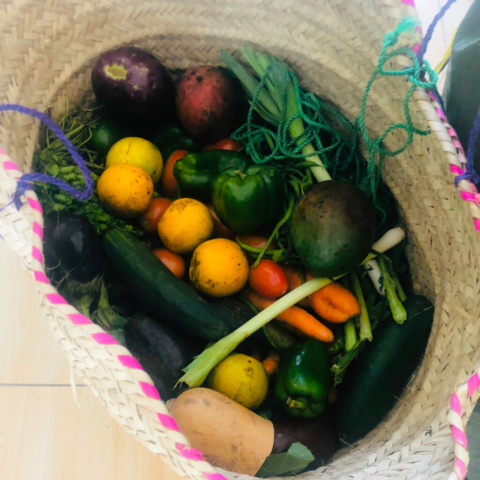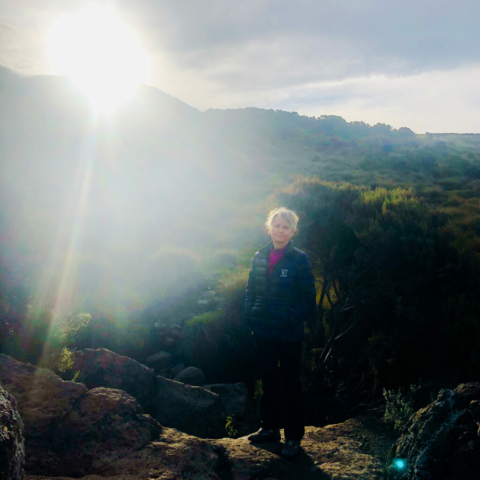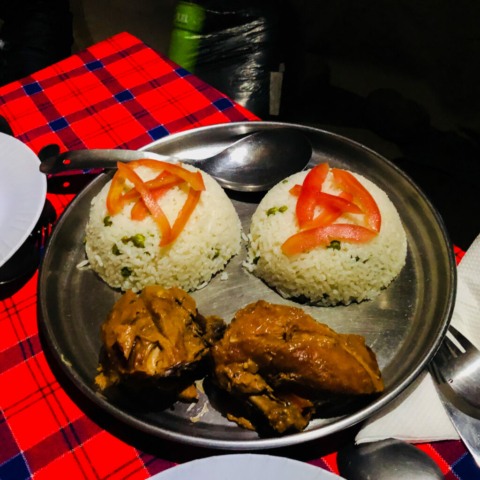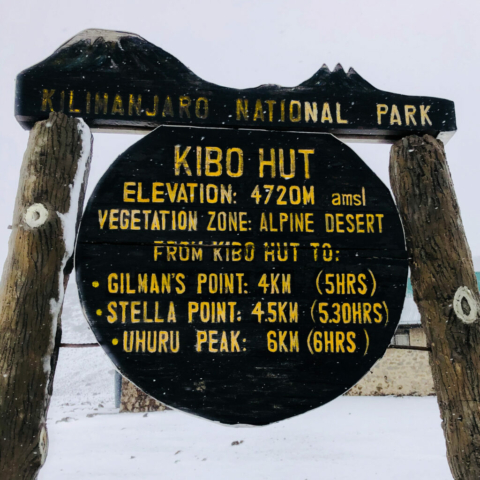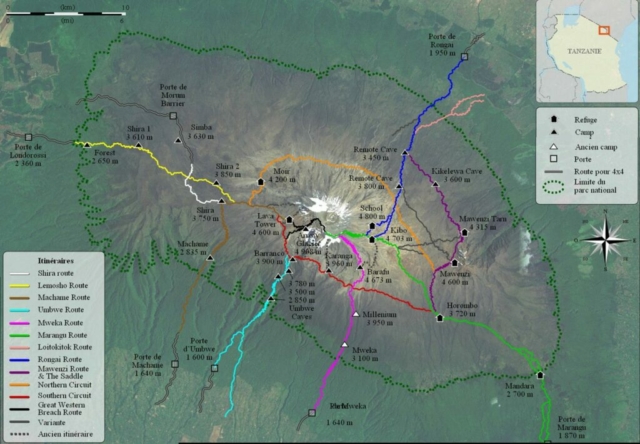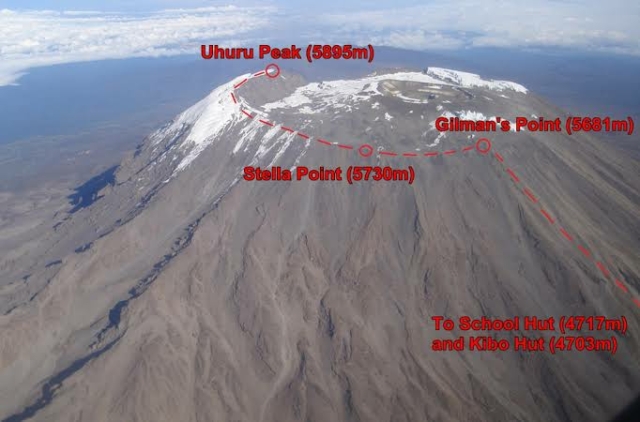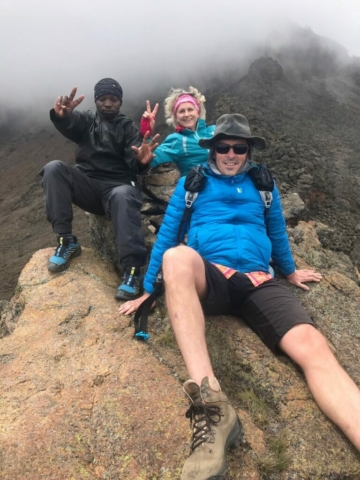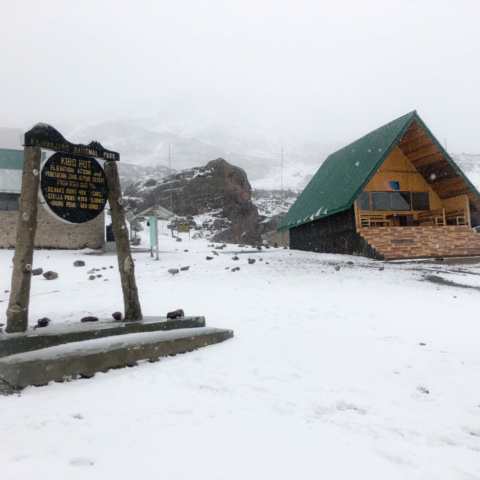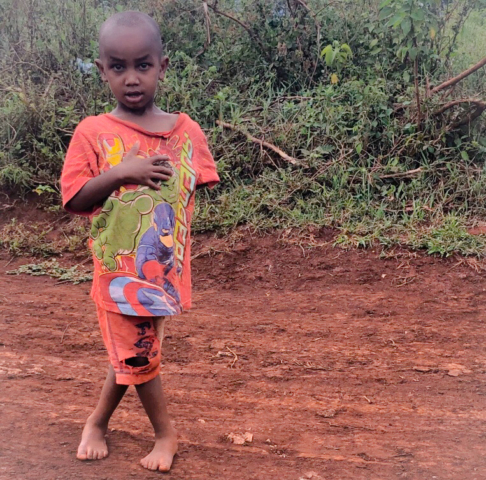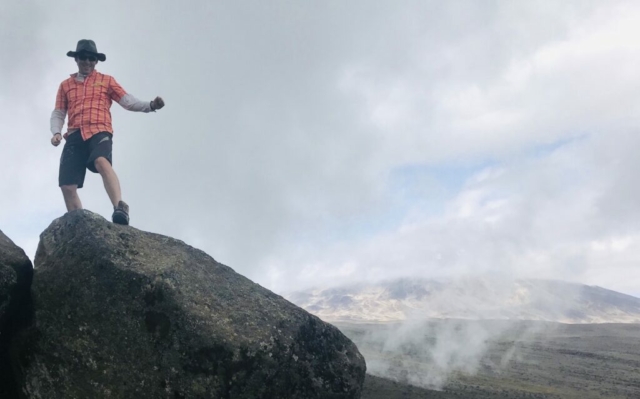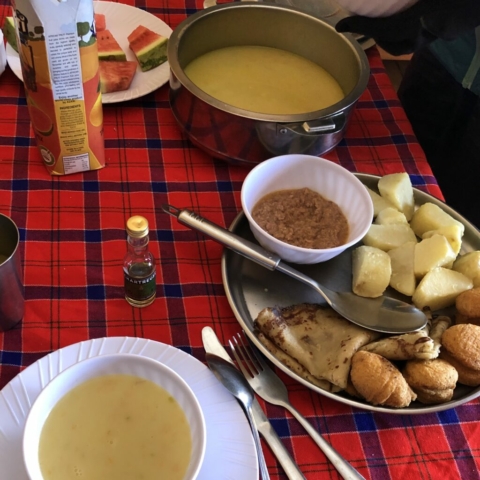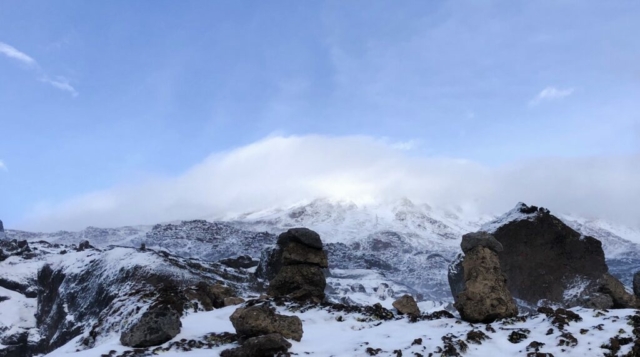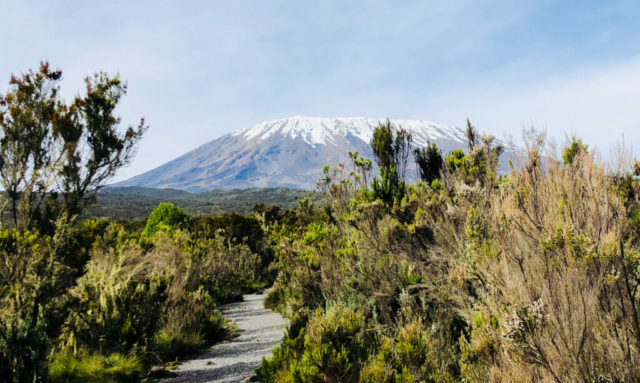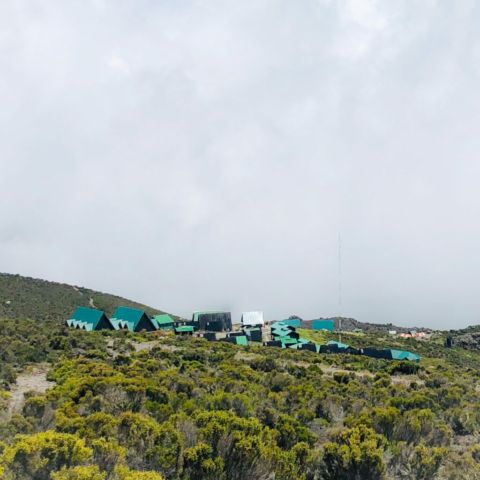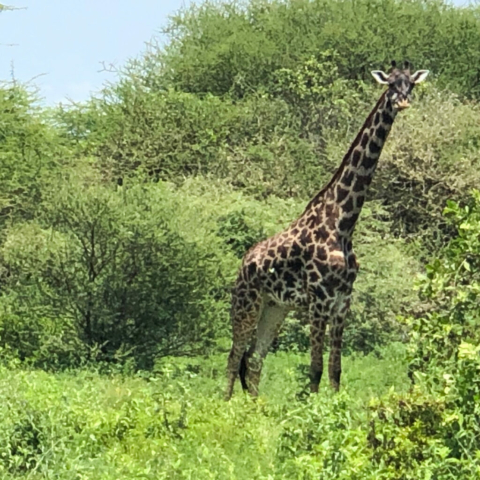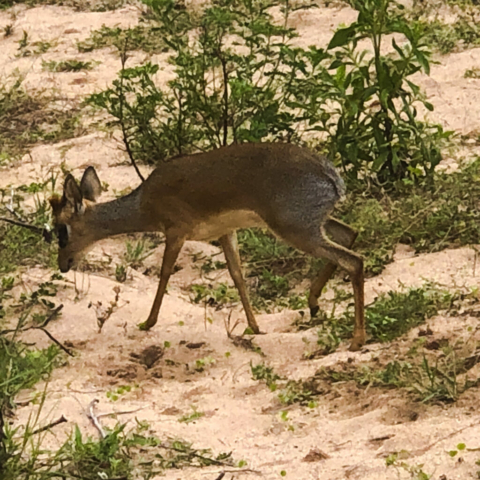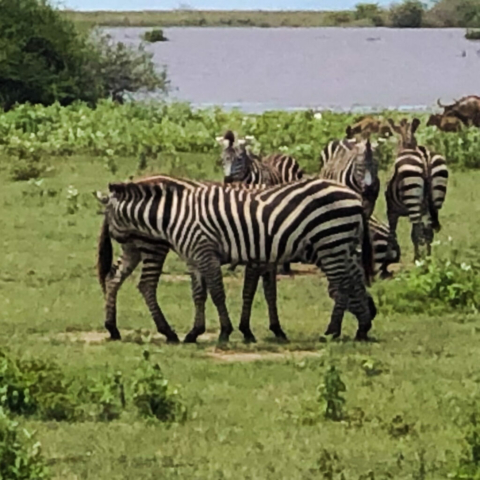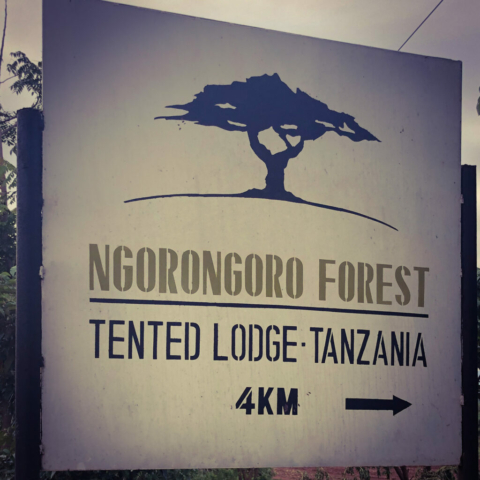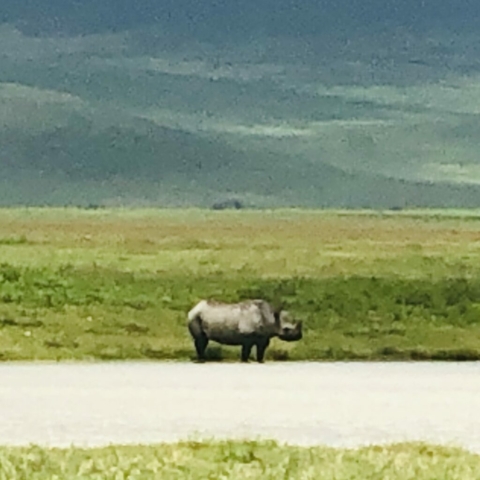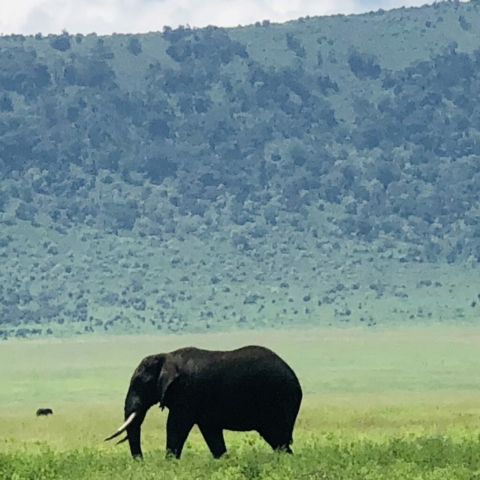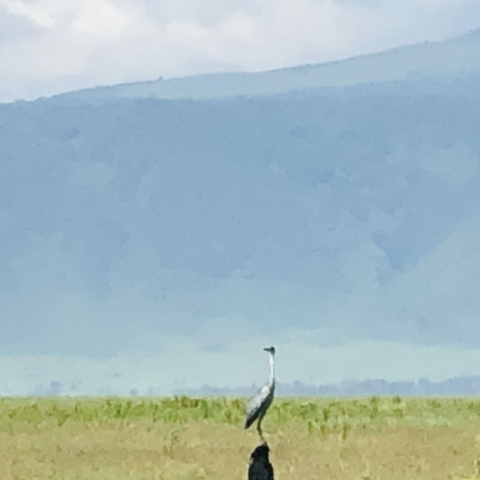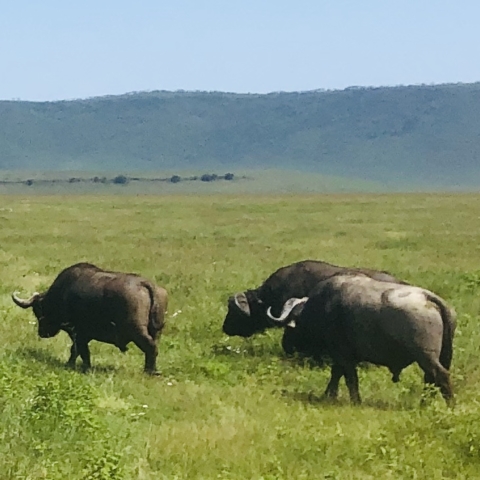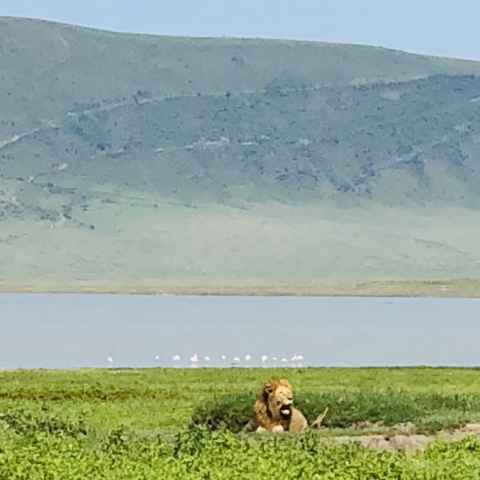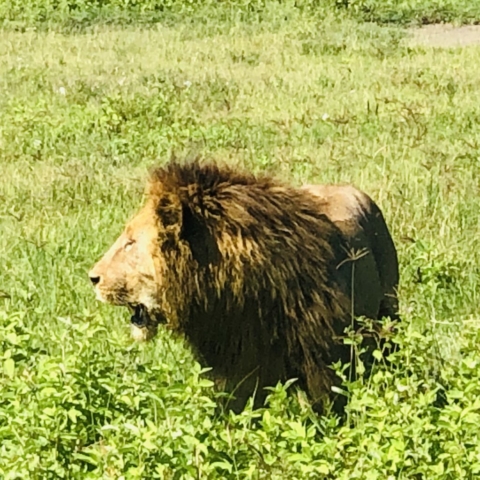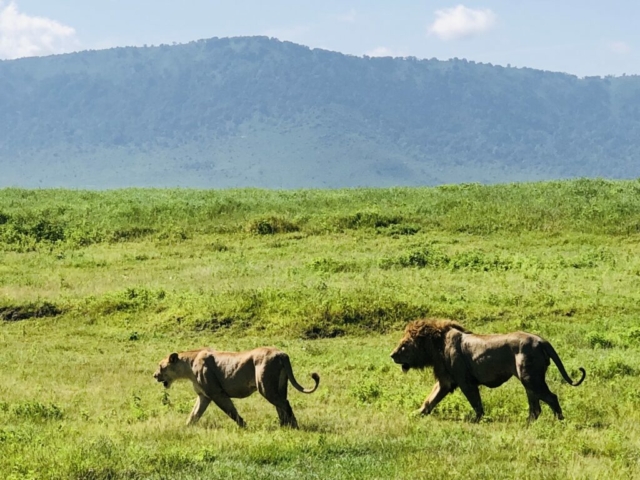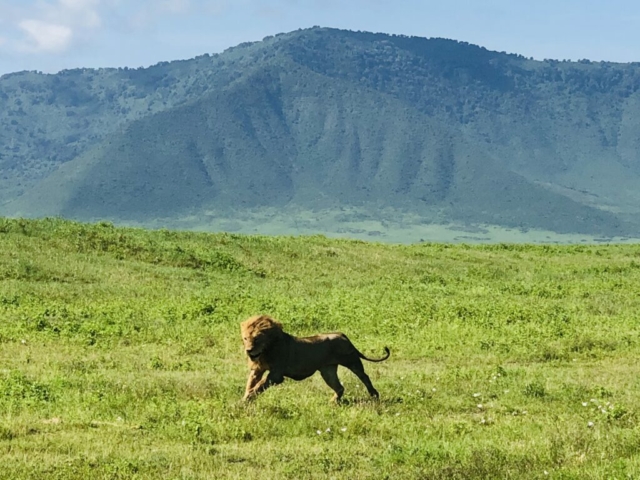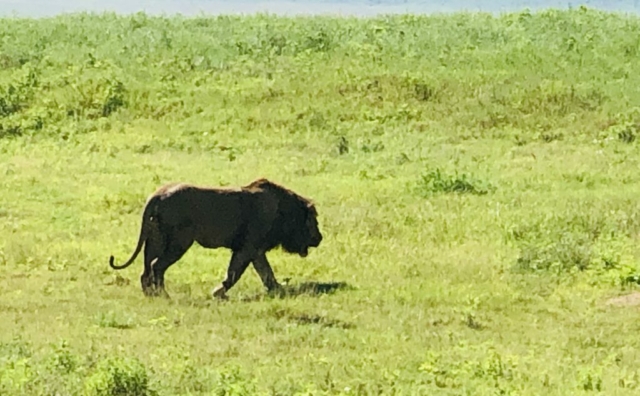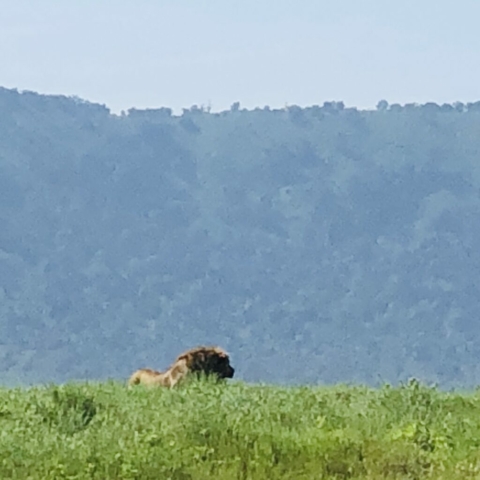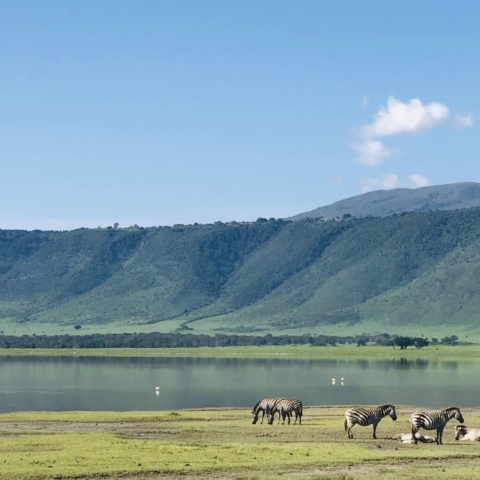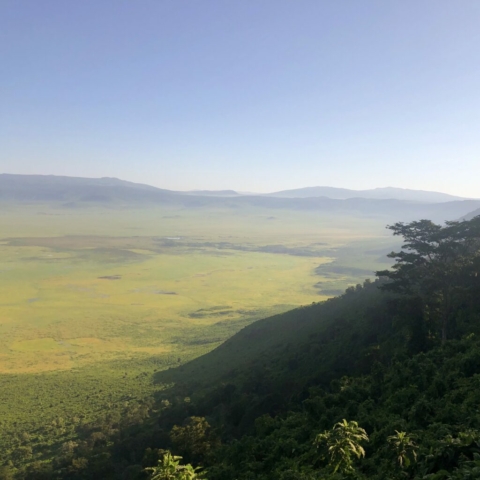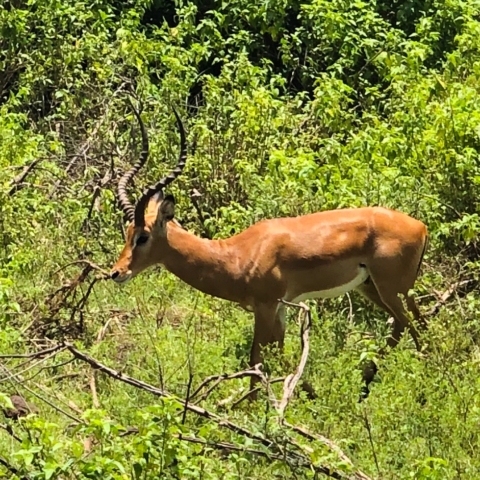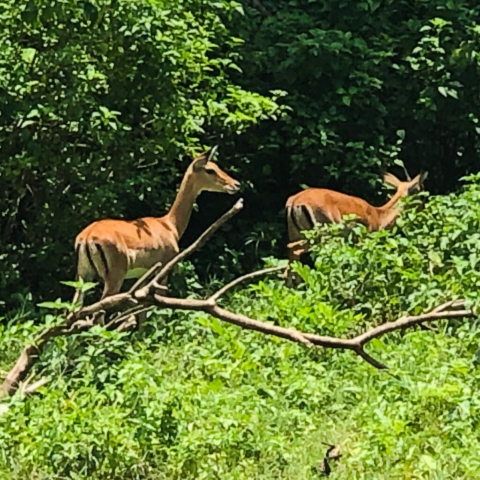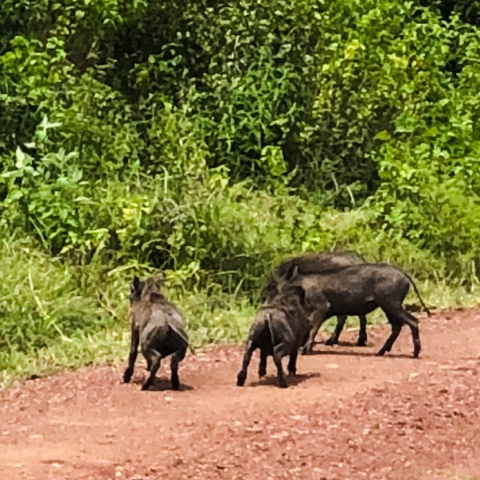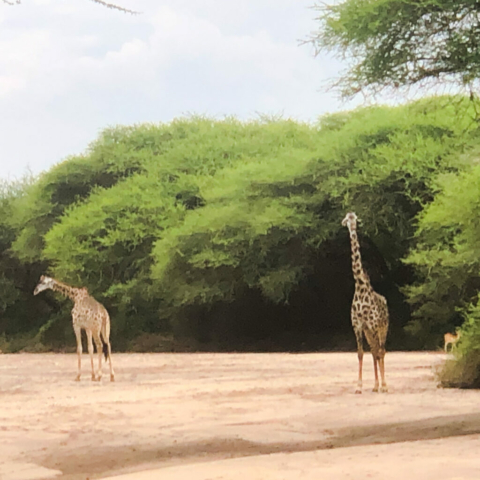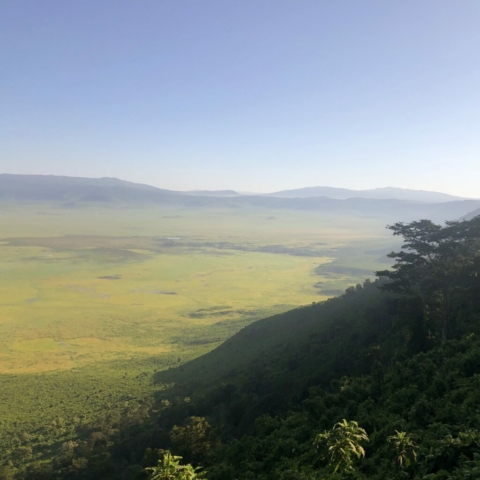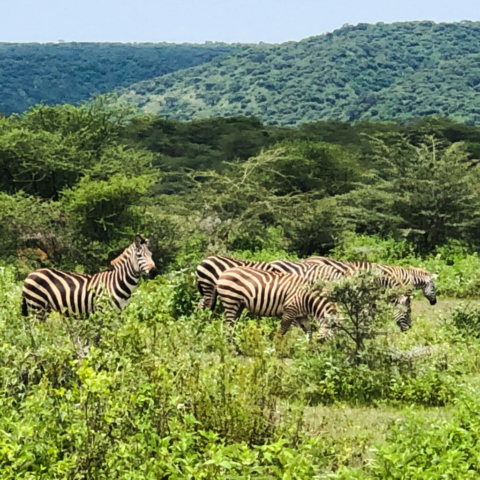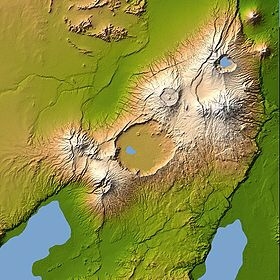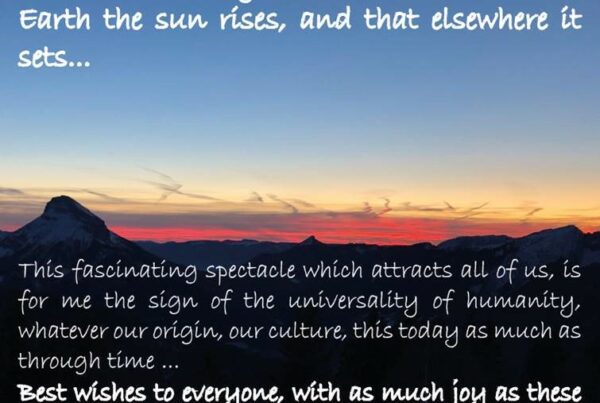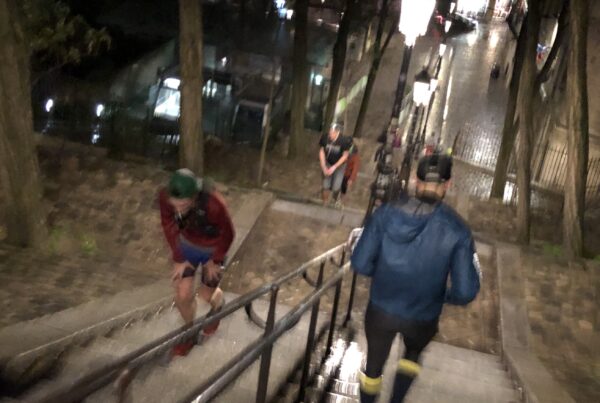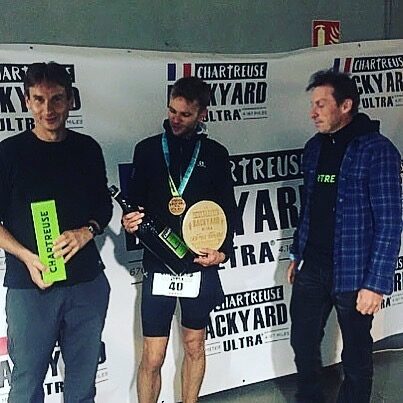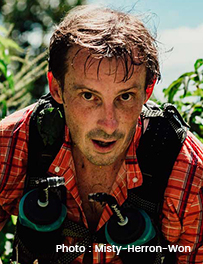What a beautiful path that these six days of trek between 2,000m and 5,891m above sea level, on this highest volcano in Africa. In classic format by the Rongaï route then down by Marangu, it is a small expedition of 12 porters, cooks, and guides who accompanied us just for the two of us! Some to carry tents and mountain equipment, another for the gas bottle for the kitchen (!), some others for fruit, vegetables and food … and our two guides, Friday and Baraka. We acclimated to the altitude day after day, from bivouac to bivouac, between forest, savannah, and volcanic plateau.
The night of the final ascent had started under a calm, starry sky. Then distant thunderstorms streaked across the sky, before a soft snow. We were in a very good rhythm when the snow and the wind came. This night became dantesque while on these steep slopes the snow made disappear the way and even the traces of the groups left before us which preceded us.
In less than two hours, about twenty centimeters of snow had fallen, double in snowdrifts, and the very strong and freezing high altitude wind made it impossible that day any attempt to cross the ridge which borders the summit crater as far as Uhuru Peak ( 5.891m). Like all the other groups, we therefore turned around at the first “summit”, Gilman’s Point, at 5.681m above sea level, without seeing anything at all in the night and in the storm.
Unfortunately we have not arrived at the main summit, but the important thing is not the way, this six-day trek in altitude and in Africa, and we can really say to have tasted the snow of Kilimanjaro …
Safari in Masai territory in the crater of #Ngorongoro Reserve. (Exceptionally no current visit, I let you imagine why 😊)

